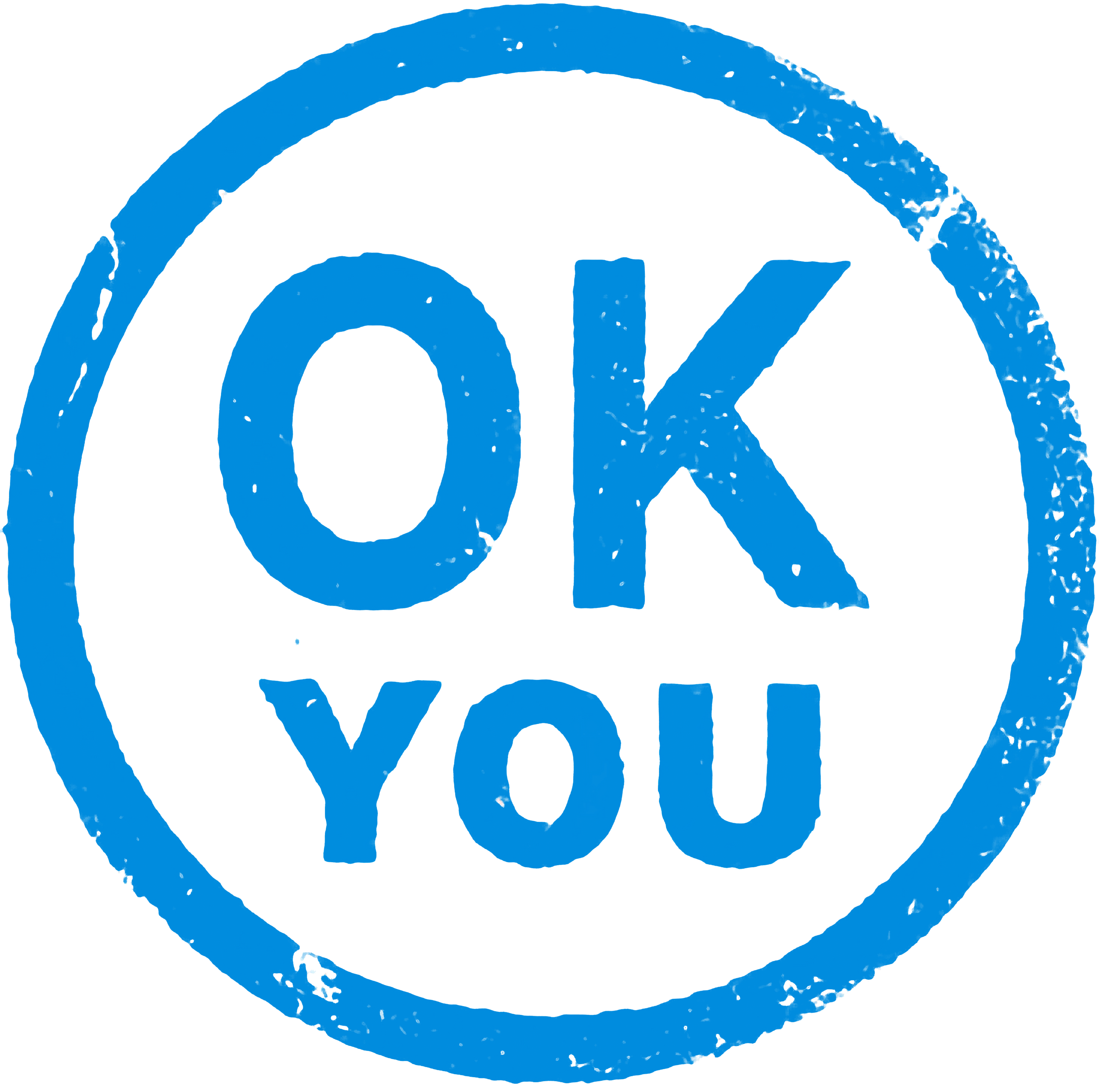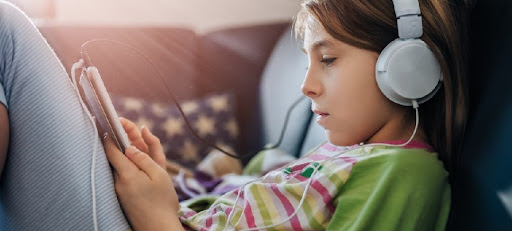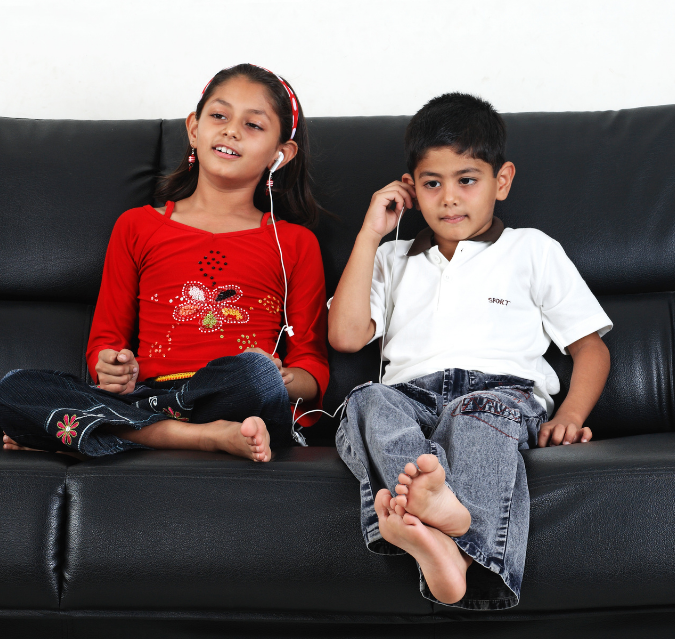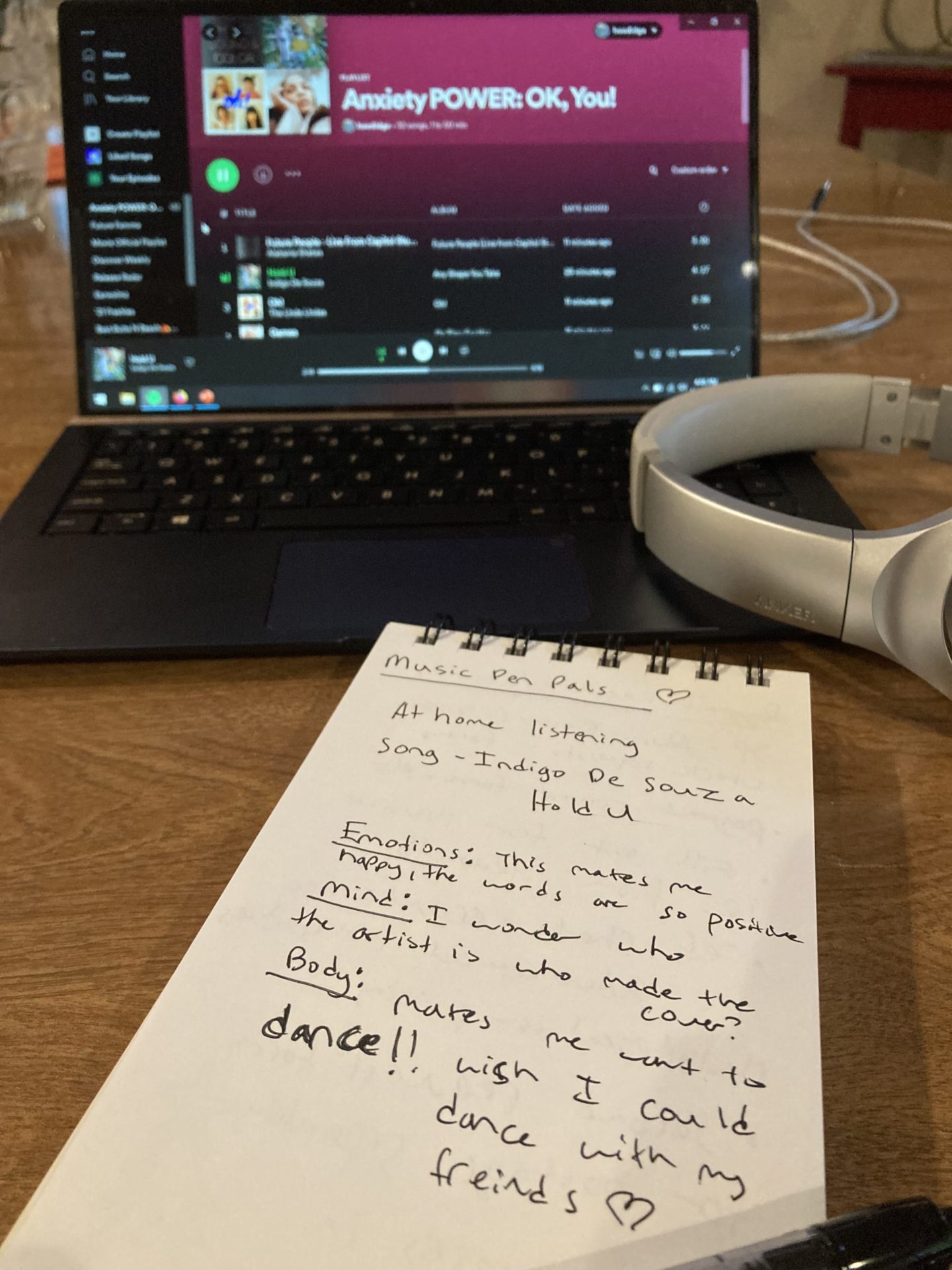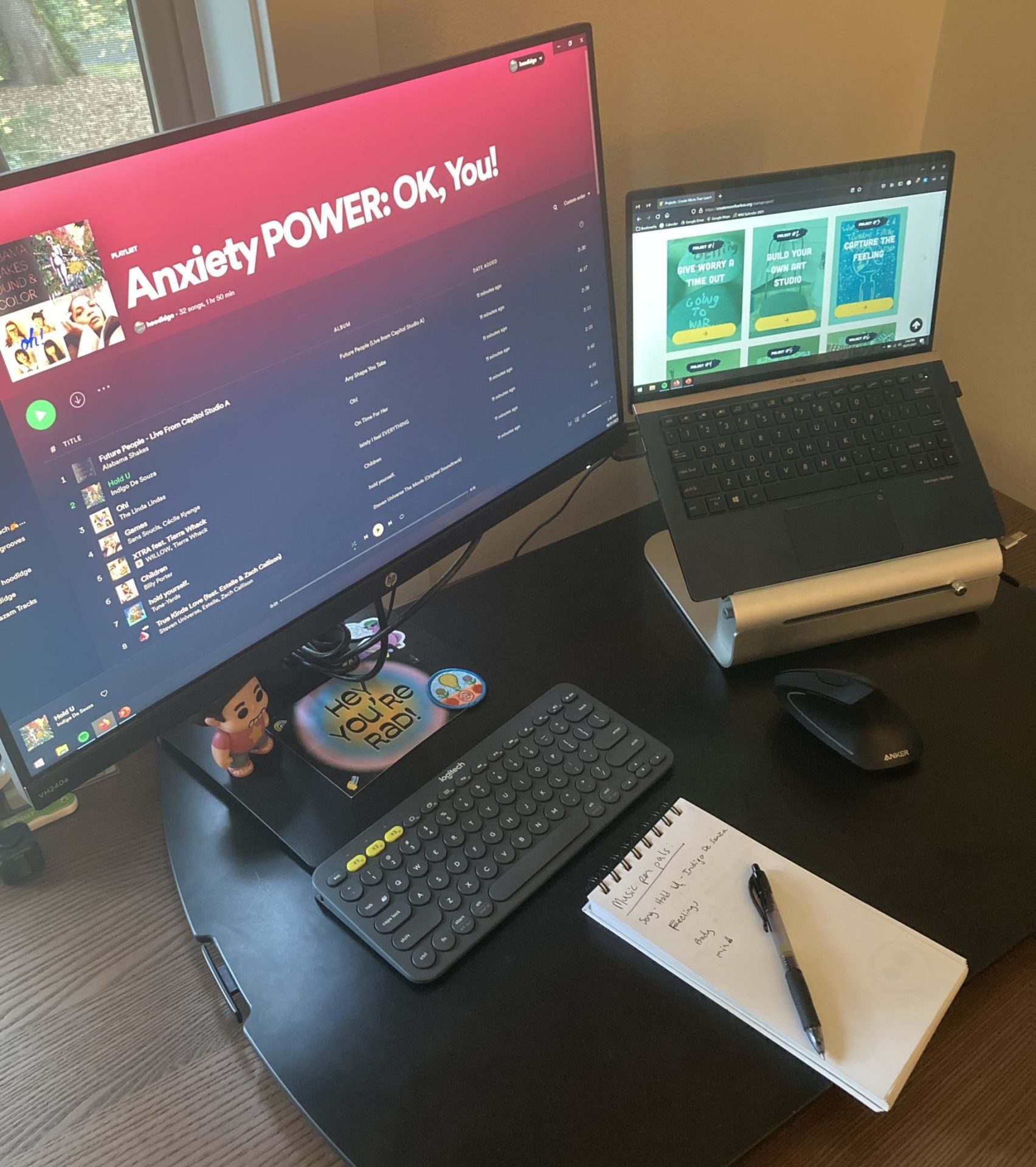After you’ve had a chance to talk a bit, here are some things you can do together:
1. Share one or two songs with each other, along with how you discovered it, what you like about it, when you like to listen to it, and any feelings or memories it brings up for you.
2. Write down and share some of your favorite songs to listen to when you’re feeling: sad, happy, anxious, excited. Take turns playing these songs for each other.
3. Make a “Songs for hard times” playlist for each other. Give your playlist a title. If you want to, you can also come up with artwork for your playlist.
4. Discover new music together by playing songs you’ve never heard before. What did you think? What did the songs make you feel? Will you be adding them to your playlist?
5. Choose a mood playlist from a streaming service like Spotify. Pick out some songs to listen to together. What did you feel while listening? Do you agree that they should be on this mood playlist and not a different one?
6. Find live concert videos online and watch them together
7. Read this Elements of Music sheet together to explore words and language that can help you describe what you hear. What elements of music describe anxiety? Sadness? Happiness? Excitement?
8. While listening to the same song, draw a “map” of where the song changes and goes. Share what you created and see if your friends can guess what your map means. You might need to listen more than once to finish your map.
9. Draw in your journal while listening to songs. Talk about how your drawings and the colors you chose were influenced by what you were listening to.
10. Use each meeting to discuss one whole album chosen by one group member and listened to by everyone ahead of time.
11. Work together to create an ongoing playlist to track your club’s musical journey
12. Between sessions, agree on a few songs for everyone to listen to and answer questions about, like:
How were you feeling before, during and after you listened to this song? Did you notice any changes in how your body felt? What thoughts came to you while listening?
These are just a few ideas. How you want to spend your time together is up to you. If something doesn’t work or feel good, try something else!




